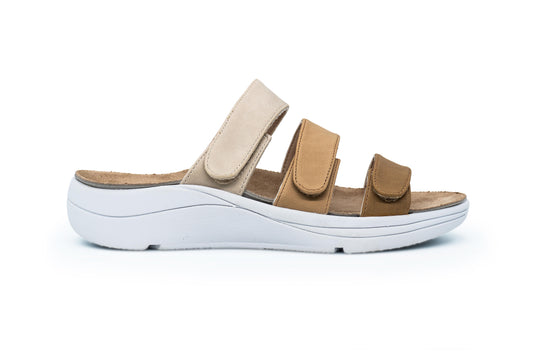Winter Foot Care Tips for Individuals with Diabetes
As the winter season sets in, individuals with diabetes must take extra precautions to protect their feet from cold weather-related risks. Proper foot care becomes essential to prevent complications such as diabetic foot ulcers and injuries. Here are five crucial ways to safeguard your feet during the winter months:
- Keep Them Dry and Warm:
Cold and damp conditions increase the risk of diabetic foot ulcers, especially when combined with decreased circulation. To maintain foot health, prioritize keeping your feet dry and warm. Choose footwear that provides adequate insulation and protection against snow and ice, ensuring your feet stay cozy and dry throughout the day.
- Choose the Right Footwear:
Selecting appropriate footwear is paramount for winter foot protection. Avoid standard footwear and opt for specialized diabetic shoes designed to accommodate the unique needs of individuals with diabetes. These shoes offer features such as snow and ice protection, customized padding, and a secure heel counter to prevent slippage. Consult with a podiatrist or footwear specialist to find the perfect fit for your feet.
- Avoid Excessive Heat Exposure:
While it may be tempting to warm your feet by the fireplace or heater, individuals with diabetes must exercise caution to prevent burns. Neuropathy, a common complication of diabetes, can lead to decreased sensation in the feet, making it difficult to detect burns. Keep your feet at a safe distance from heating sources and avoid direct exposure to high temperatures to prevent injuries.
- Moisturize Your Feet:
Diabetic nerve damage and poor circulation can result in dry, cracked skin on the feet. Combat this issue by regularly moisturizing your feet with a specialized foot cream recommended by your podiatrist. Avoid over-the-counter moisturizers, as they may contain harsh ingredients that could exacerbate skin issues. Moisturizing helps maintain skin integrity and prevents the development of cracks and fissures.
- Schedule Regular Foot Exams:
Routine foot exams are essential for individuals with diabetes to monitor foot health and detect any signs of complications early. Schedule regular appointments with your podiatrist for comprehensive foot examinations, especially during the winter months. Be vigilant for symptoms such as numbness, burning sensations, or pain in your feet, as these may indicate underlying issues requiring prompt medical attention.








